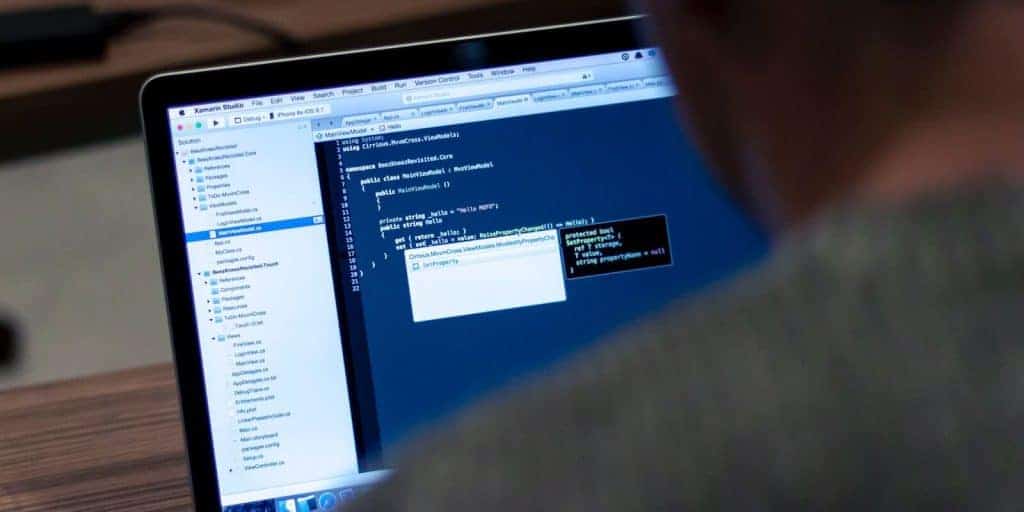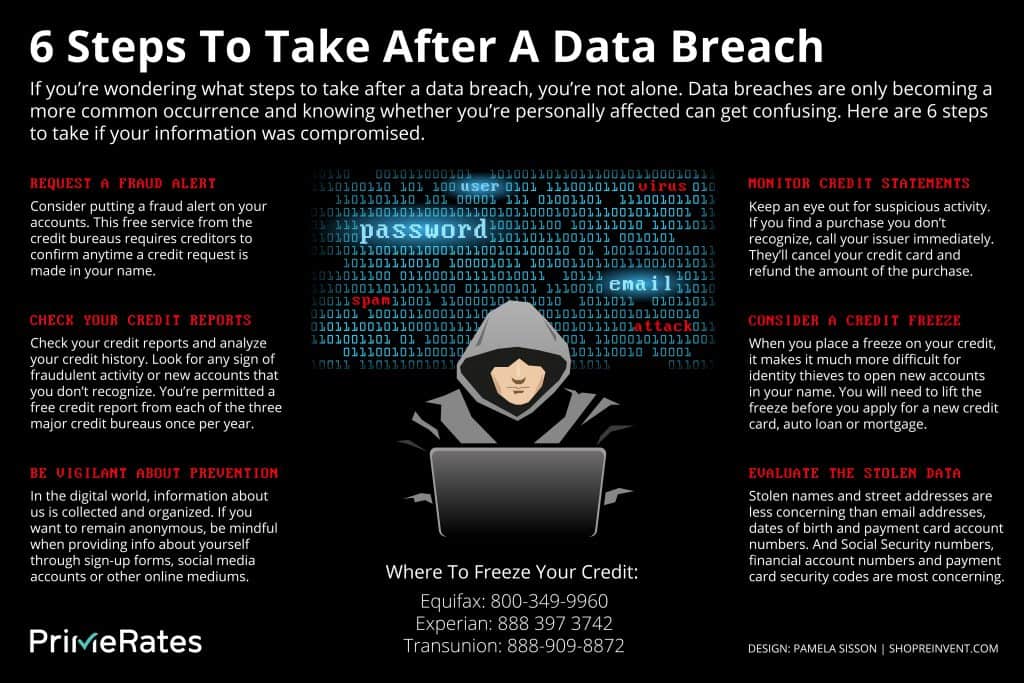The reported number of data breaches keeps rising, impacting more individuals on a daily basis. In fact, there have now been over 8,000 data breaches since January 2005, with over 1.05 billion records exposed, according to the Identity Theft Resource Center. If you’ve been a victim of a recent data breach, you’re certainly just one among many.
Indeed, the recent Equifax breach potentially affects 145.5 million, or half of the U.S. population.
To say the least, having your information exposed in a data breach can be a shock. It’s tough to figure out what to do first.
In order to bring more clarity to the issue of what to do after a data breach, we’ve put together a handy infographic for your reference.
Remember, when it comes to data breaches, it’s always better to be proactive than passive.
Take the steps outlined in the data breach infographic below to safeguard your information.
Here’s what to do after a data breach:
More tips on what to do after a data breach:
If your data is exposed, stay calm. You’re not liable, by law, for fraudulent charges on your account.
And keep in mind that many companies will often notify you if there’s a chance your information was compromised due to a breach of their systems. If you haven’t received a notification, check the website of the company that was breached for any announcements.
In addition, it’s wise to take advantage of any free credit monitoring services that are offered in light of a breach, which is a common offer.
Finally, if your credit card information was stolen, keep an eye out for contact from your card issuer. They’ll want to inform you of the breach and take action, potentially by canceling and replacing your current card. Call the customer service number on the back of your card if you are concerned and haven’t yet heard from them.
Be proactive when it comes to data breaches to help safeguard your information and your identity.

